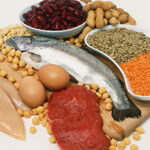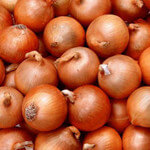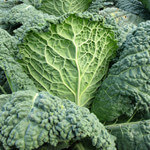
Potassium is an essential mineral whose ions are vital for the functioning of all living cells. It accumulates in plant cells, meaning that many fresh vegetables and fruits – most famously bananas – are rich in it. Dissolved potassium is also found in sea vegetables, since seawater is approximately 0.04 percent potassium by weight. While most people are aware on some level that potassium is important, few people really understand what it does for us. This article…










